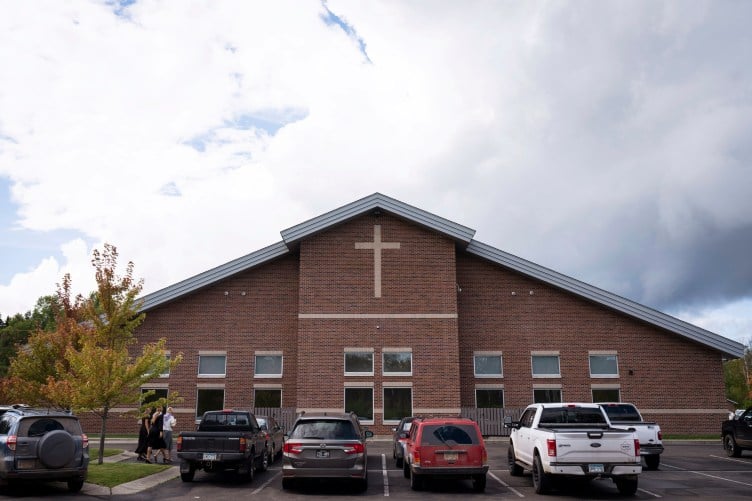Earlier this week, we reported that oil cleanup workers on offshore vessels are getting additional safety training, but pointed out that the training curriculum referred to air quality standards that the head of the Occupational Safety and Health Administration has acknowledged to be “outrageously out of date.”
Following our report, OSHA told us that the slide that referred to these standards – known as the Permissible Exposure Limits – shouldn’t have even been there in the first place. “OSHA has requested that the slide you referenced be pulled from the training curriculum and states that it should not have been included. I’m told it’s been pulled,” wrote Labor Department spokesman Jason Surbey in an e-mail.
The training is provided by contractors hired by BP, but the curriculum had already gone through several rounds of revisions by OSHA before the course was allowed to start.
OSHA also told us that it is applying different and stricter air quality guidelines than the permissible exposure limits for operations in the Gulf of Mexico.
Here’s more from the e-mail from Jason Surbey:
In characterizing worker exposure OSHA instead relies on more up-to-date recommended protective limits set by organizations such as National Institute for Occupational Safety and Health, the American Conference of Governmental Industrial Hygienists, and the American Industrial Hygiene Association, and not on the older, less protective Permissible Exposure Limits. Results of air monitoring are compared to the lowest known Occupational Exposure Limit for the listed contaminant for purposes of risk assessment and protective equipment recommendations.
The statement – as official as it may sound – leaves key questions remaining about what standards are being used to monitor chemical exposure in the Gulf. There are major differences between the guidelines endorsed by the various organizations: for example, OSHA’s permissible limit for 2-butoxyethanol, a chemical found in some dispersants, is ten times higher (PDF) than NIOSH’s recommended limit. But only the permissible exposure limit is legally enforceable, according to an OSHA fact sheet (PDF) on dispersant use.
With the agency’s actions to remove references to the previous guidelines – and the latest sampling results showing that air quality in the Gulf is comparable to L.A. on a bad day, as my colleague reported yesterday – we at ProPublica are trying to figure out exactly what the current standards are for chemical exposure for cleanup workers.
We called OSHA yesterday to try to get some details about which organizations’ protective limits are being employed, and whether, as suggested by the statement above, the strictest standard is always applied. We haven’t yet heard back yet, but we’ll update you when we hear more.










